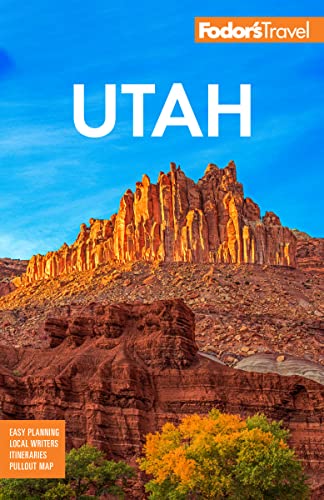Though the Dominguez and Escalante expedition of 1776 came nowhere near this area, the town's name does honor the Spanish explorer. It was bestowed nearly a century later by a member of a survey party led by John Wesley Powell, charged with mapping this remote area. Today, this friendly little town is home to a steadily growing crop of lodgings, eateries, and tour operators. Escalante is the northern gateway to Grand Staircase–Escalante National Monument, an amazing 1.9-million acre wilderness that earned monument status in September 1996.
Unlike parks and monuments operated by the national park service, Grand Staircase–Escalante is administered by the Bureau of Land Management (BLM), and visiting its key attractions requires a bit more research and effort than, for example, Bryce or Capitol Reef, which are relatively more compact and accessible. A good way to plan your visit is to stop by one of the several visitor centers in the area, such as the Escalante Interagency office right in town or the BLM Visitor Center in Cannonville. If you're entering the monument from the south, you might also want to check out the BLM visitor centers in Kanab and Big Water. Given that many of this enormous national monument's top attractions are in remote areas with limited signage and accessed via unpaved roads, it may be worth hiring one of the many experienced outfitters and guides in the area, especially if it's your first time in the area. You'll find more details about some of the monument's top attractions—including Calf Creek Falls and the several sites on or just off of Hole-in-the-Rock Road—in this section.





